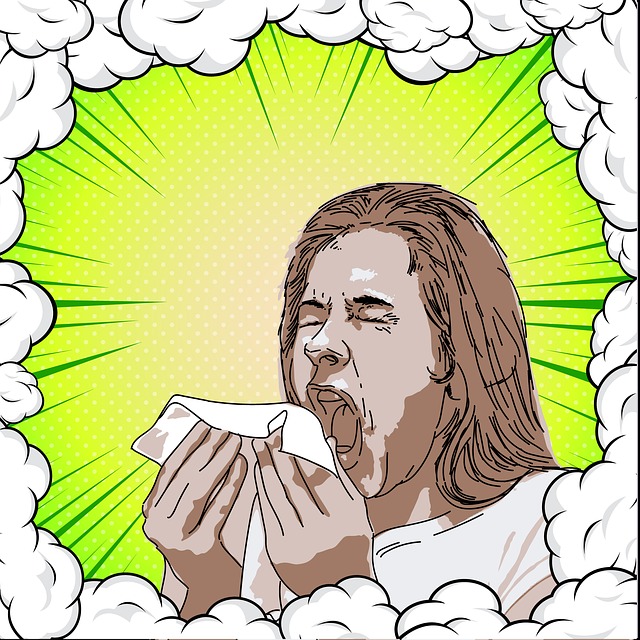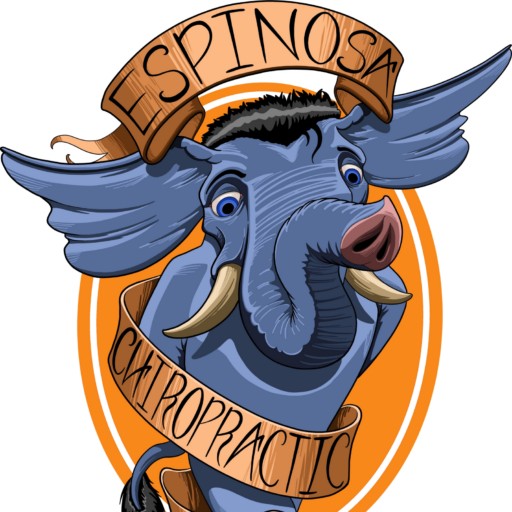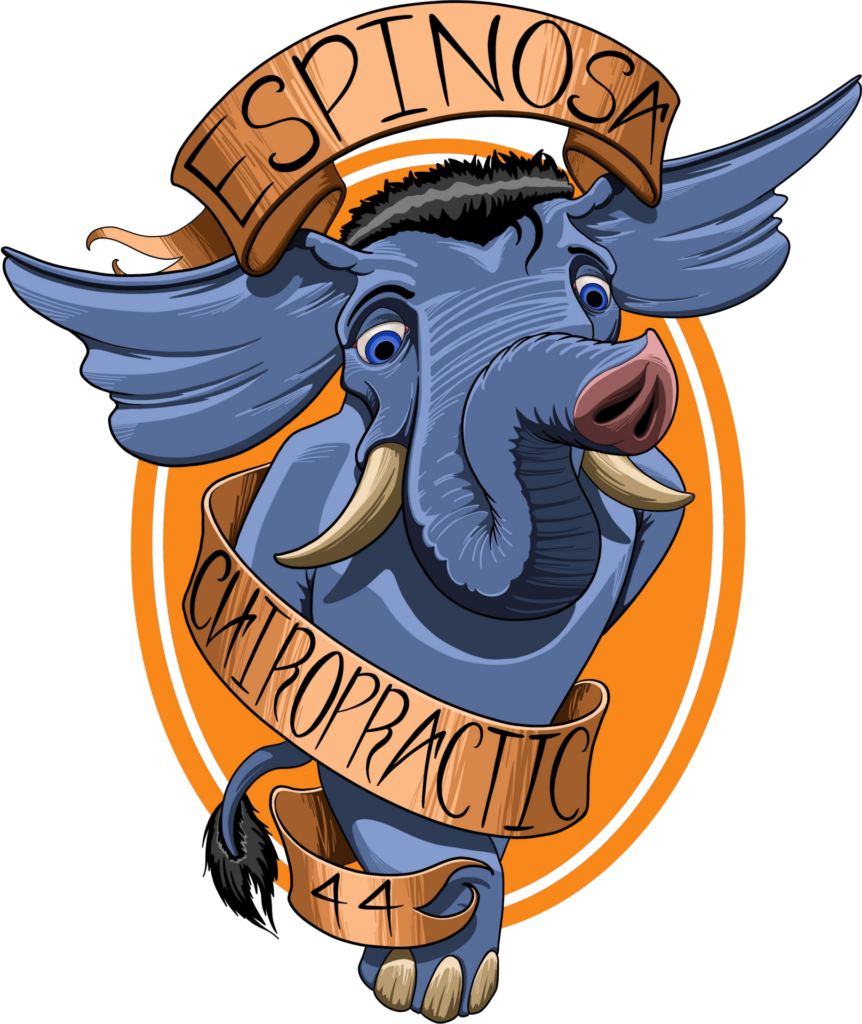Archive for September 2022
Chiropractic & The Common Cold

The common cold is perhaps the most widely experienced illness in America
And we are now entering its prime season. As viruses attack on all fronts (nose, throat sinuses, lung, muscles), we begin to sniffle; our heads get stuffy and we start to feel tired. Then we reach for the medicine cabinet, masking the symptoms and getting on with our day rather than treating them at the source. While there is nothing inherently wrong or bad about this approach, it could be avoided entirely in the first place, saving you money and time that could be allotted in better ways.
Boosting the immune system
Colds generally befall people whose immune systems, for whatever reason, are compromised at a certain period of time. The germs have more potency against a weakened immune system and thrive in this environment. This is the pitfall of a traditional approach to treating the cold: by taking medicine, we are not allowing our immune systems to strengthen. Chiropractic, while not being a true treatment for the common cold, takes a different tack: by locating and correcting subluxation, we regulate the flow of the nervous system and increase your body’s capacity for natural resistance. This helps you to avoid the illness in the first place because your body’s systems are strong.
Staying strong through the cold season with chiropractic help
Exercise, sleep, and nutrition are other important factors that play into preventing the common cold. If you are having difficulty optimizing your lifestyle against the incursions of the common cold, give our office a call to schedule an appointment today; our services help you overcome illness quickly and increase your natural resistance to them simultaneously. In short, chiropractic combined with plenty of sleep, eating fresh fruits and vegetables, together with exercise will enable your body to fight back the onset of the microorganisms that are constantly attacking you. Good posture opens your airways, exercise opens your vasculature, and further improves your abilities to fight both small and large enemies. Stay vigilant my friends.
A Road Map of Poor Posture

For most people posture is a marginal daily consideration, so it makes sense why desk jobs can inflict so much damage on the average worker. Sitting is the position most conducive to poor posture and probably the quickest to cause spinal degeneration; it is also the position that lends itself to comfort and, in our quest for comfort, we often leave our spines compromised as we slouch, slump and lean ever forward toward the computer screen. Poor sitting posture is a health concern because it leaves us open to so many injuries that are incubated and bred by weak muscles and poor curvature. Here is a road map of what poor posture and sit-heavy lifestyles do to your body:
- Beginning with the hips: sitting shortens the hip flexors, which respond by adjusting to their new length.
- This perpetuates anterior pelvic tilt because the tight hip flexors pull the pelvis forward, destabilizing your core, and contributing to lower back pain.
- The glutes are not activated regularly and thus, the entire posterior muscle chain is being used less than necessary to keep them strong. This also contributes to lower back pain because the lumber region picks up a lot of the slack in regards to initiating movement (such as rotating or lifting).
- Internally rotated shoulders: muscles become locked into a hunched over forward position, destabilizing the shoulder and upper back region.
Recognizing what a mess we are in is the first step to extracting ourselves from it. At our office, we have the tools you need to overcome short hip flexors, reverse anterior pelvic tilt and restore your shoulders and upper back to a semblance of stability. Once we establish a baseline and a penchant for good posture, we can move forward with stretching and strengthening that focus on the muscles that make posture easier. If your body is in a state from the rigors of a deskbound job, give our office a call and schedule an appointment today.
Herniated Discs: Do’s/Don’ts

When it comes to healing herniated discs, knowledge is a golden ingredient. Turning yourself onto the right activities and avoiding ones that can aggravate the injury, while eating properly and checking in regularly with the chiropractor can help your body rehabilitate a herniated disc efficiently without surgical intervention.
Avoiding bed rest is key. If the pain is severe, a few days of rest may be advisable, but it is important to keep yourself moving to prevent the injury from worsening. Avoiding activity is the best way to weaken your body, making the soft tissues surrounding the injury even more susceptible to injury. Intervertebral discs are also more likely to stiffen if they are not articulated regularly.
- Focus on light aerobic activity: the kind that keeps your circulation flowing and your body in balance. This is the best way to ensure
- Focus on strengthening the core as a stabilizer: this helps develop muscles to share the burden of the body’s weight with the lower back.
- Avoid certain exercises: weightlifting, leg presses, and twisting exercises can be problematic to the herniated disc sufferer.
- Focus on posture and forget about soft furniture that lets you sink into it.
Our services are an augment to anyone’s fitness plan for rehabilitating a herniated disc. Chiropractic adjustment and spinal decompression are two modalities that open up the injurious region to an influx of healing nutrients, while our massage techniques help to break up scar tissue and fight inflammation, keeping you relaxed and easing the pain.
Untying your Knots

Feeling stiff is not feeling well
Even if we don’t have a tool to measure it with, everyone knows what it feels like to be stiff. It’s uncomfortable, it might even be a little bit painful, and when it occurs regularly, we generally look to the muscles for answers.
Knots, trigger points, tight balls of pain
Whatever your name for them, they indicate a malfunction in the musculature. Remaining motionless for long periods of time (especially sitting) keeps some muscles constantly contracted and others completely disused. This constant contraction is what often develops into tight balls of pain and we feel tight. Your muscles are also being trained to resist elongation, perpetuating the problem further. The next time you go to activate the muscle, you feel stiff.
Stiffness doesn’t mean there is something wrong with your range of motion.
Because the range of motion is the metric most people rely on for measuring potential movement, conversations regarding stiffness are quite often misguided in the direction of the range of motion. Being stiff doesn’t mean you automatically have a poor range of motion: you could have an excellent range of motion and still feel stiff. When our muscles are trained a certain way and we ask them to perform an opposing motion, they are bound to feel tight.
We want to make stiff and tight the exception, not the rule!
We identify muscles that have become excessively contracted and release them from their state of chronic tightness with trigger point therapy. By dispelling stiffness and pain, we allow you to focus on stretching and strengthening the key muscle groups that will help you stay free of pain throughout a day of sitting.
